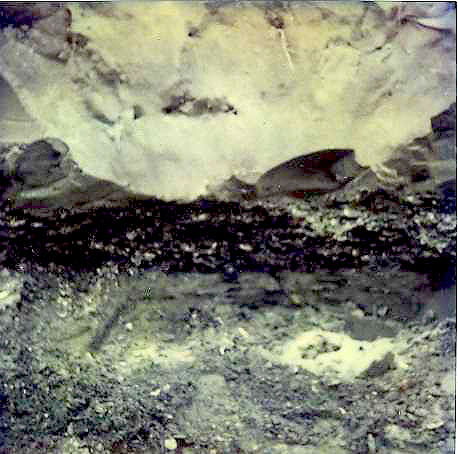Located in the Manawatu sand plains on the west coast of the North Island, the Foxton Moa Hunter and Midden site (NZAA Site S24/3) dates to as early as circa1400. The site is of considerable archaeological, cultural, historical, scientific, and traditional significance. The site is an important example of the moa hunters’ early occupation in the Horowhenua sand country and is illustrative of cultural activities carried out at lakeside settlements. The Horowhenua has been occupied since the early thirteenth century AD. Settlement has largely been scattered around the coast, moving inland upon the completion of the Wellington-Manawatu railway line in 1886. Māori origins in the Horowhenua have been attributed to early voyagers from east Polynesia: Waitaha or moa-hunters as they have more generally been called. These people are thought to have arrived somewhere in northernmost New Zealand in the Matiti canoe prior to the fleet of 1350 AD, though the exact date and place of landing are unknown. The successors to these early inhabitants in the Horowhenua were the Ngāti Mamoe. Ngāti Mamoe were in turn overthrown by the Muaūpoko, who are descendants of the ancestor Tara. The Horowhenua was then occupied through Te Rauparaha and Ngāti Toa’s migratory invasion in the 1820s, with allied tribes Ngāti Raukawa and Te Ati-Awa settling in the area. The Foxton Moa Hunter site was first occupied before the nearby lake existed, or at least before it was in its present position, with the earliest excavated material dating to the middle Archaic period circa 1400 AD. Material recovered from a midden suggests that there was a well-developed podocarp-dominant forest around the clearing of this early site. The early occupation at this site is represented in shell middens with a variety of flora and fauna species. Material would suggest that these people lived a largely nomadic lifestyle, capitalising on the rich flora and fauna in the area. The site’s later occupations were after the lake had begun forming in its present position, with an estimated 100-200 years between occupations. These later occupations reflected a more permanent type of settlement, with evidence of a small hamlet with a house, cooking shelter, ovens, shell midden, and flaking floor, all sheltered by a substantial windbreak. Material recovered from the middens included bones of more than 500 individual birds, mostly representing pigeon, kaka, tui, parakeet and five species of moa. Before the end of the site’s last occupation, it was flooded due to a rise in the lake’s water level as the advance of the Old Waitarere dunes raised the ground water table. Since its discovery in 1963, the site has been excavated three times showing extensive middens in the eastern and western sections, with artefacts predominately being of Archaic or Eastern Polynesian types. In its present condition, the site is under dense revegetation with no material visible other than mounds.

Location
List Entry Information
Overview
Detailed List Entry
Status
Listed
List Entry Status
Historic Place Category 2
Access
Private/No Public Access
List Number
6235
Date Entered
7th July 1984
Date of Effect
7th July 1984
City/District Council
Horowhenua District
Region
Horizons (Manawatū-Whanganui) Region
Extent of List Entry
Extent includes part of the land described as Lot 4 DP 60293 (RT WN30C/513), Wellington Land District, and the archaeological site known as Foxton Moa Hunter and Midden site (NZAA Site S24/3) thereon, as shown on the location map appended to the notification letter dated 20 July 1984.
Legal description
Lot 4 DP 60293 (RT WN30C/513), Wellington Land District
Stay up to date with Heritage this month
